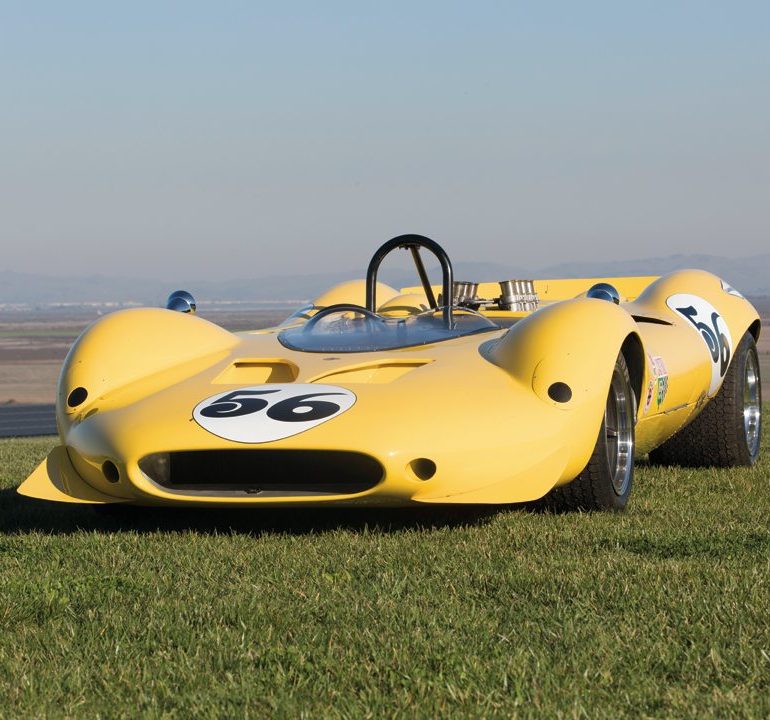1967 Shelby King Cobra Can-Am
If you were Carroll Shelby, 1966 was a pretty good year. Coming off his Cobras winning the 1965 FIA GT championship, Shelby took over command of Ford’s struggling GT40 program and in 1966 finally handed Henry Ford II the 24 Hours of Le Mans victory he and the Blue Oval so badly desired. Back at home, not only was Shelby American producing a stream of 427 Cobras, but demand for the Shelby GT350 was so strong that Shelby had to move to larger facilities in order to accommodate all the production. For all intents and purposes, Carroll Shelby was on top of the automotive world and could do no wrong. Which is usually the point where things start flying off the rails.
Ever the businessman, as well as the racer, Shelby couldn’t help but notice the increasing notoriety and prize money being thrown at the SCCA’s newly formed Canadian-American Challenge Cup Series (Can-Am). With significant prize and appearance money made possible by title sponsor Johnson Wax, the Can-Am almost instantly became one of the world’s richest racing series. With this lucrative race series literally in his backyard, and with Ford literally pouring buckets of money in the front door of Shelby American for both its race and road cars, how could Shelby not field an entry? So Shelby approached Ford about throwing in some extra budget for a two-car Can-Am effort for the 1967 season. With Shelby’s recent results and racing pedigree, how could Ford say no? While Ford did agree to back Shelby’s effort, the Blue Oval did surprise Ol’ Shel in that not only did they fund Shelby’s Can-Am project, they also funded a competing project from cross-country rivals Holman-Moody.



